SUPREME
CYBER SECURITY
CONTROLS
Visibility | Protection | Audit | Access

Digital transformation has
become an inevitable component
of our life. We believe that the
‘security of digital assets’
is a fundamental right.


Mohammed Rafi
CEO, TS Qatar
VISIBILITY
You can’t protect what you don’t know
Visibility in cyber security refers to the ability to see and monitor what is happening within an organization’s network, systems, and applications, as well as any activities that are being carried out by users and devices. It provides the ability to see and monitor what is happening within an organization’s network, systems, and applications, as well as any activities that are being carried out by users and devices.
There are several aspects of visibility in cybersecurity, including:
Network Visibility
Endpoint Visibility
Application Visibility
User behavior analytics (UBA)
Implementing the right tools is important for several reasons, including:
Threat Detection: Visibility allows organizations to detect threats and vulnerabilities in their network and systems before they can be exploited by attackers. By monitoring their systems, organizations can identify any unusual activity, such as unauthorized access attempts, malware infections, or data exfiltration.
Incident Response: In the event of a security incident or breach, visibility allows organizations to quickly investigate and respond to the issue. By understanding the scope and severity of the incident, organizations can take appropriate action to contain the attack, mitigate the damage, and prevent it from happening again in the future
Compliance: Many organizations are subject to regulatory requirements that mandate the need for visibility into their security posture. By demonstrating that they have the necessary visibility and control over their systems, organizations can comply with these regulations and avoid costly fines and legal penalties.
Risk Management: Visibility is critical for effective risk management, allowing organizations to identify and prioritize the most critical security risks and vulnerabilities. By understanding their security posture, organizations can take proactive measures to reduce their risk exposure and improve their overall security posture.



PROTECTION
Safeguard your IT resources against unauthorized access,
data breaches and cyber attacks
Security management involves implementing a range of security measures and tools, such as access controls, encryption, backup and recovery systems, and monitoring and reporting mechanisms, to ensure the security and integrity of IT systems and data.
It encompasses both the control and protection aspects of IT security, and emphasizes the need for a holistic and proactive approach to managing security risks and threats. It also involves defining roles and responsibilities for IT security, monitoring and measuring performance, and continuously improving security practices to meet evolving threats and compliance requirements.
Protection against Breaches and Cyber attacks (EDR&XDR)
Endpoint Detection and Response (EDR) provides user devices (such as desktops, laptops, servers, or mobile devices) to monitor their activity and detect potential threats. They use advanced techniques such as behavioral analysis, machine learning, and artificial intelligence to detect anomalies and suspicious activity, and provide real-time alerts to security teams.
XDR solutions aim to integrate data from multiple security products and sources (such as EDR, network security, cloud security, and threat intelligence), correlate the information, and provide a comprehensive view of potential threats across the entire IT environment. This can help security teams to detect and respond to threats more quickly and efficiently, by providing them with more context and visibility.
Regulate the Access of critical resources (PAM)
Privileged Access Management (PAM) Provides set of technologies and processes used to manage and monitor access to critical systems, applications, and data. It is designed to protect sensitive information by controlling and auditing privileged access, which is access to administrative or root-level accounts that have the ability to make significant changes to the IT infrastructure. It includes features such as password vaulting, session recording, access request workflows, and policy-based controls to enforce least privilege access.




AUDIT
Vulnerabilities are way more than operating system deep
It is a crucial step in determining if a company’s security posture is current and effective. It includes identifying, examining, and evaluating potential threats to the applications, systems, processes, and information assets of an organization. Risk assessments assist organizations in determining the probability and potential impact of specific risks and prioritizing mitigation actions
Security Audit & Risk Assessment
It is important for organizations to identify and mitigate potential vulnerabilities in their systems and networks. We provide set of tools and services to perform a a comprehensive review of an organization’s security practices and controls to identify weaknesses, potential breaches, and areas of improvement through assessment and help organizations comply with regulations and industry standards, such as GDPR and PCI DSS.
Vulnerability Assessment and Penetration Testing (VAPT)
The goal of VAPT is to identify security weaknesses that could be exploited by attackers, and to recommend countermeasures to mitigate the risks associated with these vulnerabilities. Vulnerability Assessment (VA) helps in identifying and assessing vulnerabilities in a system or network. Penetration Testing (PT) helps in the process of testing the vulnerabilities identified in the VA by simulating attacks on the system to see how easily they can be exploited.

ACCESS
Least privilege, continuous authentication and minimal attack surface.
Unauthorized access to sensitive information or resources can result in data breaches, financial losses, reputational damage, and legal liability. It is critical for maintaining the confidentiality, integrity, and availability of sensitive data and resources as to WHO access WHAT information and in WHICH context.
Zero Trust Network Access (ZTNA)
In a ZTNA model, all network traffic is treated as untrusted until it is verified, even if the user is inside the network perimeter. It assumes that every access attempt, whether from inside or outside the network, is potentially malicious and should not be automatically trusted. This approach requires authentication and authorization for every user and device attempting to access the network or its resources, regardless of their location or
the type of device used.
Access to resources is granted on a need-to-know basis and requires continuous verification of the user’s identity and device health. The model employs several security measures, including multi-factor authentication (MFA), device profiling, and micro-segmentation.
The basic principles of Zero Trust Network Access (ZTNA) include:
Never trust, always verify: The ZTNA model assumes that all devices, users, and network traffic are potentially malicious, and should never be automatically trusted. Instead, each access request must be verified and authenticated before granting access.
Least privilege access: Users and devices are only granted access to the specific resources they need to complete their tasks, and only for the duration of the session. This approach reduces the risk of unauthorized access and data breaches.
Multi-Factor Authentication (MFA)
It is an undeniable fact that passwords can be easily compromised or stolen, and many users have poor password hygiene. This leaves their accounts vulnerable to hacking, which can lead to sensitive information being accessed, stolen, or misused.
MFA greatly reduces the risk of unauthorized access to online accounts by requiring something a user knows (password) and something they have (a physical device like a phone). This makes it much harder for attackers to gain access to a user’s account even if they have obtained their password through some means.









Company
Services & Solutions
Get In Touch
Doha Qatar
Copyright ©2022 All rights reserved | TS Qatar, Doha, Qatar











